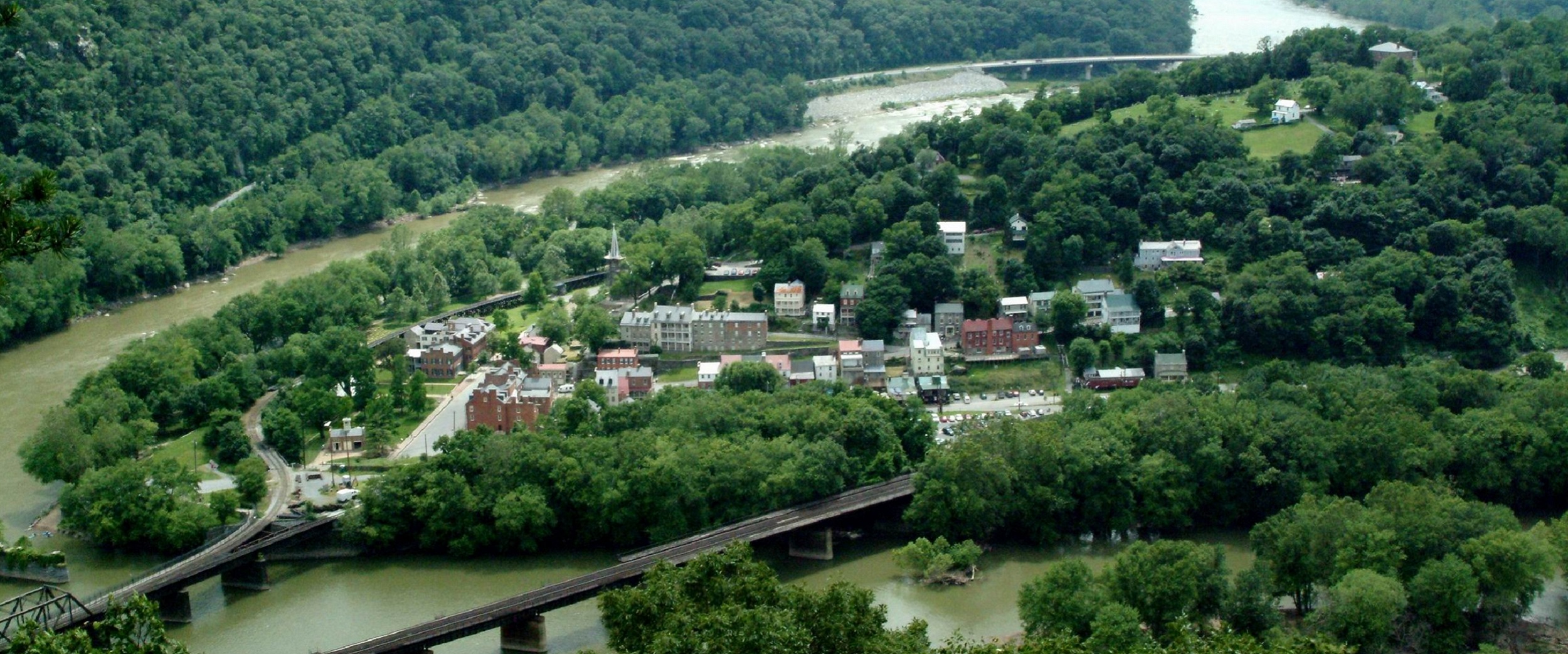Memories of the Civil War are rife throughout the Shenandoah Valley.
There are even eight counties in the Valley that have been Congressionally designated as a National Heritage Area – the Shenandoah Valley Battlefields National Historic District–an effort led by the Shenandoah Valley Battlefields Foundation (540-740-4545), which works with partners to preserve and advance interest in the Valley’s battlefields.
Passionately preserved battlefields, museums small and large, colorful re-enactments and year-round special events honor those who fought and fell during that terrible conflict.
While a comprehensive guide is too wide-ranging for our allotted space, and we regret being unable to mention them all, here are some of the Valley’s most notable stops to make on a self-guided tour of Civil War sites.
Martinsburg, WV:
In 1861, when Belle Boyd was 17, she shot a Union soldier who cursed at her mother while he was searching the Boyd home for Confederate flags. Afterwards, Boyd became a notable spy for the Confederates. You can still tour the Belle Boyd House, also serving as the Berkeley County Museum, which was built by Boyd’s father in 1853.
Harpers Ferry:
See the U.S. Armory and Arsenal held by John Brown and his men in 1859.
Winchester: Civil War sites like the Kernstown Battlefield abound in and around Winchester. A good place to start is the Civil War Orientation Center, in the Winchester-Frederick County Visitors Center. Also, don’t miss Stonewall Jackson’s Headquarters. This Virginia and National Historic Landmark was used as headquarters by Jackson during the winter of 1861-1862. The house contains a large collection of Jackson memorabilia.
Middletown: Cedar Creek and Belle Grove National Historical Park offers exhibits representing the history of the Shenandoah Valley, the Civil War and the 1864 Battle of Cedar Creek. Guided and self-guided tours, and interpretive ranger programs enhance this battlefield experience. Start at the Visitor Contact Station, 7712 Main Street, Middletown.
Belle Grove is one of the outstanding historic mansions in the region. At its peak, the plantation property spanned 7,500 acres. This 1797 National Historic Landmark now serves as an educational center through the many interpretive programs it offers. Its priorities are to stimulate historical and preservation awareness among regional residents and visitors.
Strasburg: Hupp’s Hill Cedar Creek Museum commemorates the 1864 Valley campaign through artifacts, collections and theater presentations. The walking trails of the Civil War Park wind through 18 acres of well-preserved earthworks and tell the story of the property’s occupation by Federal troops in 1864.
Stephens City: Home to The Newtown History Center , one of many small museums in the Valley that do an exceptional job of preserving local history. Civil War Walking Tours are conducted and interpretive displays showcase the town’s wagon-making history and the cultural heritage of the region’s early settlers.
Front Royal: The Warren Rifles Confederate Museum houses firearms, flags, uniforms and accoutrements, cavalry equipment, rare documents and pictures, personal and domestic items and memorabilia of Belle Boyd, Mosby’s Rangers, Generals Jackson, Lee, Early, Longstreet, Ashby, and more.
New Market: The Virginia Museum of the Civil War, historic Bushong Farm, and a self-guided, 300-acre battlefield tour transport you to the Battle of New Market, fought just outside the museum and farm on May 15, 1864. Museum exhibits include Civil War art, firearms, and artifacts from the battle. More than 250 VMI cadets fought in this battle, many losing their shoes in the mud, an area now called the Field of Lost Shoes.
Harrisonburg: No less than 30 Civil War sites and six Civil War Trail markers can be found in Harrisonburg/Rockingham County. A sensible place to start is the Civil War Orientation Center. Housed in the Hardesty-Higgins House Visitor Center, the center displays a large map of the Valley’s major battles, a timeline of the Civil War in the Valley, and photos, a video presentation and more.
Dayton: Just outside Harrisonburg travelers can find The Heritage Museum. Among their Civil War exhibits is an Electric Map of Stonewall Jackson’s 1862 Valley Campaign. Other periods of local history are represented as well. Find more sites in and around Harrisonburg here.
Lexington: An iconic area in Civil War history. Robert E. Lee and Stonewall Jackson are buried here. Jackson’s home in the downtown historic district, and Washington and Lee University keep the memories of both alive. In 1864, VMI was burned in Hunter’s Raid. Today, the VMI Museum—the oldest public museum in Virginia–is located in Jackson Memorial Hall on the Virginia Military Institute campus. If you can catch a Cadet Parade you’ll never forget it. Explore Lexington’s many other important sites here.
Verona: The Stonewall Brigade Museum houses a rare collection of artifacts from the 116th Infantry Regiment, 29th Division and the U. S. Army. The origins of the 116th Infantry Regiment go back to the early 1740s, when it was part of the Colonial Virginia Militia. Drawing its strength from Citizen-Soldiers, the fabled unit saw action in the French and Indian Wars, the American Revolution, the War of 1812, the American Civil War earning the name “The Stonewall Brigade,” and the First and Second World Wars.
Throughout the State: Virtually all Virginia tourists have stopped to read interpretive signs at major and minor Civil War sites, put there by Civil War Trails. In the Valley, many of these 380-plus informative signs can be seen along Routes 11 and 340, among others.
Photo: Virginia Museum of the Civil War, by Scott K. Brown





